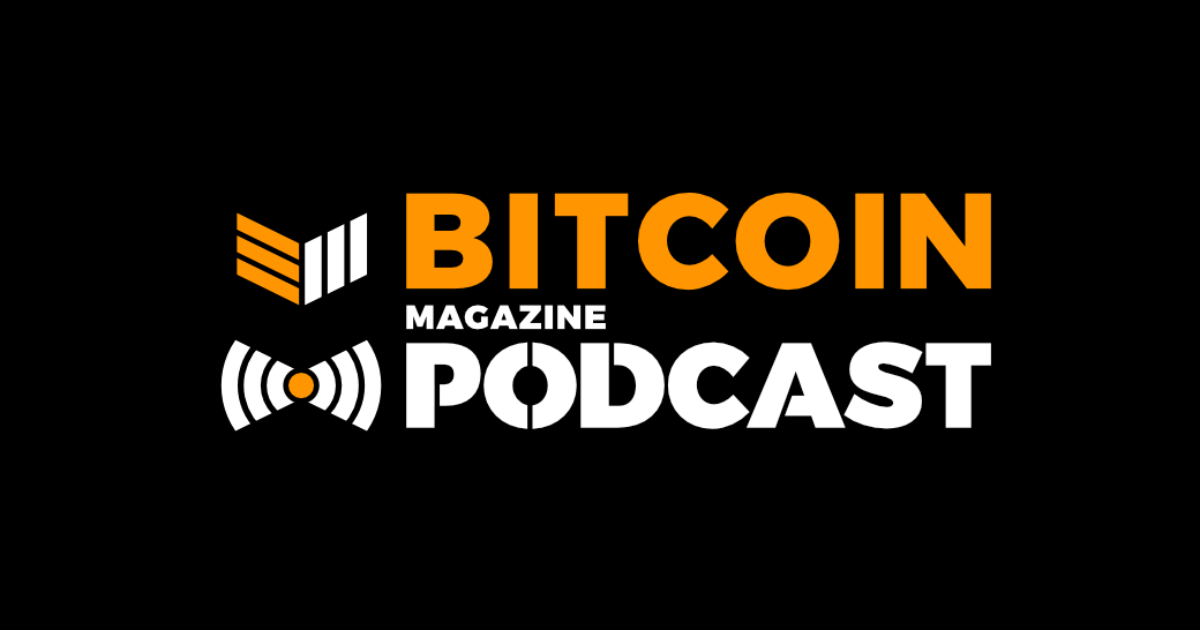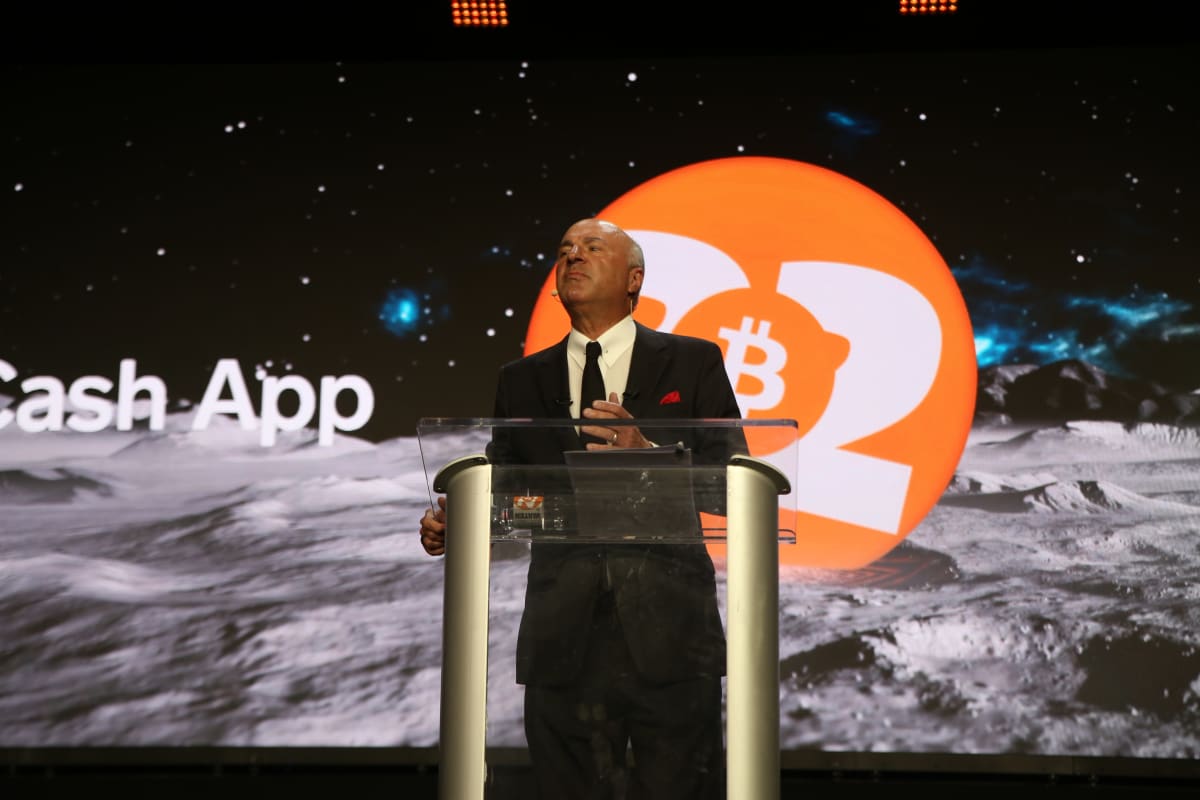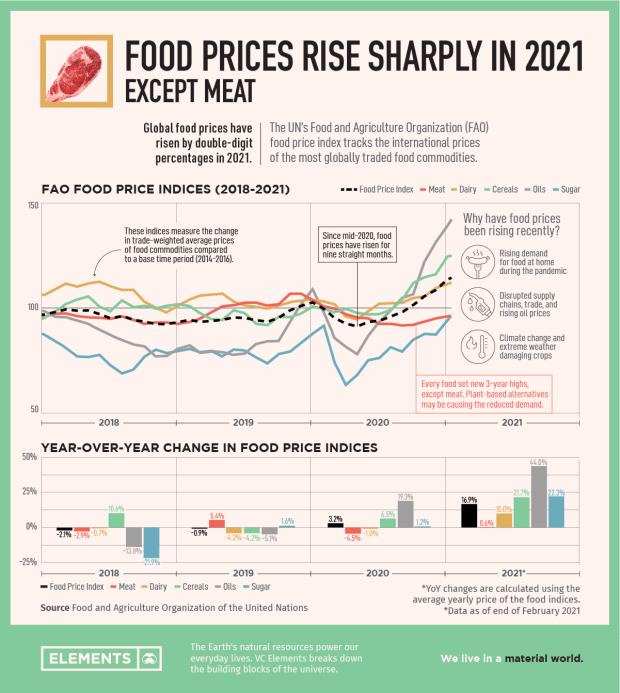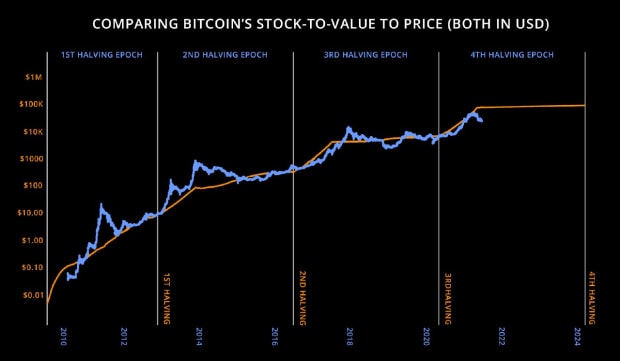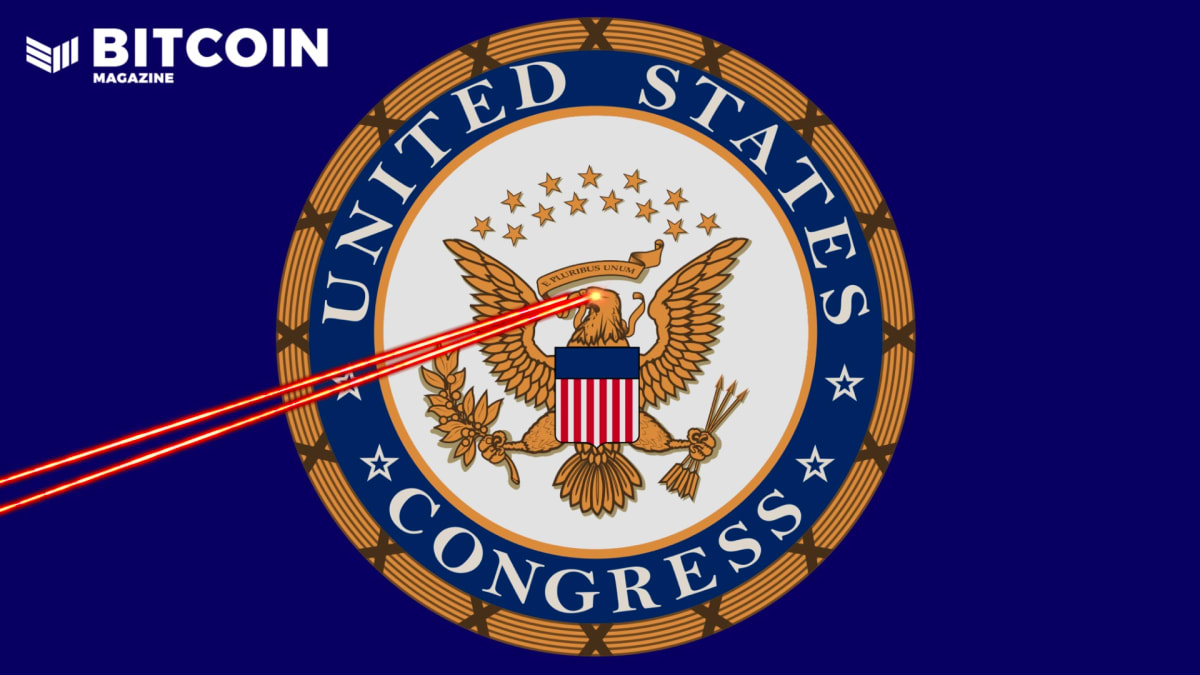Interview: The Current Macro Landscape With Jeff Snider
Economic researcher Jeff Snider joined “Fed Watch” to discuss the eurodollar, CBDCs and Bitcoin.
Watch This Episode On YouTube
Listen To This Episode:
- Apple
- Spotify
- Libsyn
- Overcast
In this episode of Bitcoin Magazine’s “Fed Watch” podcast, hosts Christian Keroles and Ansel Lindner welcomed back to the show Jeff Snider, head of global research at Alhambra Partners. Snider writes a great blog at Alhambra, is syndicated elsewhere and creates a very thought-provoking podcast with Emil Kalinowski called “Making Sense: Eurodollar University.”
Snider is the foremost expert on the eurodollar system, the large global financial system based around the off-shore dollar. The history and data he marshals to back his analysis of the monetary system is second to none. There is no other guest with his extensive and recallable knowledge of the Federal Reserve, so, he is the perfect guest for “Fed Watch.”
That being said, in this episode we started off by getting an update on the world of high-powered monetary plumbing, specifically we wanted to know if we are in a reflationary cycle. Other pundits out there in macro will use terms like “K-shaped” or “L-shaped recovery” when speaking about a reflationary cycle. Some things look K-shaped, meaning certain populations have recovered, while remaining very bad for others, namely the poorest among us. An L-shaped recovery means there has been no discernible bounce in the recovery at all. Snider navigates through these distinctions and gives a great breakdown of the situation out there.
Next, we moved right into a discussion on central bank digital currencies (CBDCs). These are new forms of digital currency provided by the central domestic regulator of each currency, the central bank. Snider has been covering these developments more in his content recently. It is a large topic and here we only scratched the surface. One aspect I bring up specifically is the fact that the dollar has a vibrant private issuance of a stablecoin digital dollar, while other currencies cannot claim the same. It is those other central banks, particularly the ECB and the euro, that are pursuing a CBDC the most aggressively. The market is providing roughly $100 billion in “digital dollars,” no one seems to want digital euros badly enough to produce them privately. We get Snider’s opinion on the fact that the central banks most scared about losing market share of their currency in the next five to 10 years to a private digital dollar, are those central banks pursuing CBDCs the most aggressively.
In the rest of our wide-ranging conversation, we covered the interest rate fallacy, which is very important to understanding the monetary system as it is, and we tried to dissect “asset price inflation.” It is currently the case that any increase in price will be called inflation by the inflationists while ignoring all of the hidden wealth destruction and deflation. You really have to listen to this one. It is short but very dense.
The common theme to much of Snider’s content emphasizes how little we know about the functioning of the dollar system, and claims of inflation versus deflation often gloss over the obvious reality that growth is nowhere to be found. We are trapped in a low-growth environment with pressures for further slow downs. Do not confuse high prices due to a shrinking economy with the inflationary effects of money printing.

